Changing Demographics
Changing demographics significantly impact the Back To School Market, as shifts in population dynamics influence purchasing behavior. For instance, the increasing diversity of student populations necessitates a broader range of products that cater to various cultural backgrounds and preferences. Additionally, the rise of single-parent households and dual-income families has altered spending patterns, with parents often seeking convenience and efficiency in their shopping experiences. Recent data indicates that families with children in school are more likely to shop online, reflecting a shift towards e-commerce in the Back To School Market. Retailers must adapt to these demographic changes by offering tailored products and services that resonate with diverse consumer segments. Understanding these trends is essential for businesses aiming to thrive in the competitive landscape of the Back To School Market.
Sustainability Trends
Sustainability trends are increasingly shaping consumer preferences within the Back To School Market. As awareness of environmental issues grows, parents and students alike are seeking eco-friendly products that minimize their ecological footprint. This shift has led to a rise in demand for sustainable school supplies, such as recycled notebooks, biodegradable pens, and organic clothing. Industry expert's suggests that approximately 60% of consumers are willing to pay a premium for environmentally friendly products. Retailers that prioritize sustainability in their offerings not only appeal to conscientious consumers but also enhance their brand reputation. The Back To School Market is thus witnessing a transformation as businesses innovate to provide greener alternatives. This trend is likely to continue, as younger generations increasingly value sustainability, making it a critical driver for the future of the Back To School Market.
Evolving Educational Needs
The Back To School Market is significantly influenced by the evolving educational needs of students. As curricula adapt to incorporate new technologies and teaching methodologies, the demand for specific educational tools and resources increases. For instance, the rise of STEM education has led to a greater emphasis on science kits, coding tools, and advanced calculators. Additionally, the growing focus on mental health and well-being in schools has prompted parents to seek products that support emotional and psychological development. This shift in educational priorities creates opportunities for businesses within the Back To School Market to innovate and diversify their offerings. Companies that can effectively respond to these changing needs are likely to capture a larger share of the market. Thus, understanding the educational landscape is essential for stakeholders in the Back To School Market.
Technological Advancements
Technological advancements play a pivotal role in shaping the Back To School Market. The integration of digital tools and resources into education has transformed the way students learn and interact with their environment. For example, the increasing adoption of tablets and laptops in classrooms has led to a corresponding rise in demand for accessories such as protective cases and software applications. Furthermore, the proliferation of online learning platforms has created a new market for educational subscriptions and digital content. According to recent statistics, nearly 80% of students now use some form of technology in their studies, highlighting the importance of tech-related products in the Back To School Market. Retailers that offer innovative technological solutions are likely to attract tech-savvy consumers, thereby enhancing their competitive edge. As technology continues to evolve, the Back To School Market must adapt to meet the needs of modern learners.
Increased Consumer Spending
The Back To School Market experiences a notable surge in consumer spending as families prepare for the new academic year. Recent data indicates that parents allocate an average of 600 to 700 dollars per child for school supplies, clothing, and technology. This increase in expenditure is driven by a combination of factors, including inflation and the desire for quality products. As families prioritize educational resources, the Back To School Market benefits from heightened demand for essential items. Retailers often report a significant uptick in sales during this period, with many offering promotions to attract budget-conscious consumers. The overall economic climate, including employment rates and disposable income levels, plays a crucial role in shaping spending patterns. Consequently, the Back To School Market remains a vital segment of the retail landscape, reflecting broader economic trends.



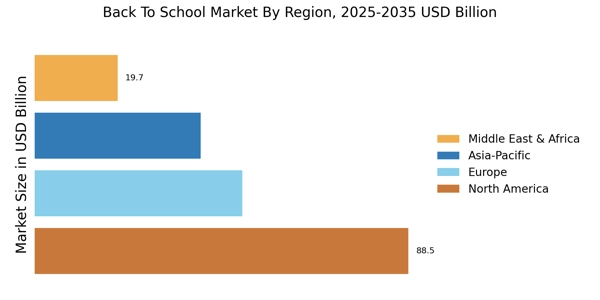

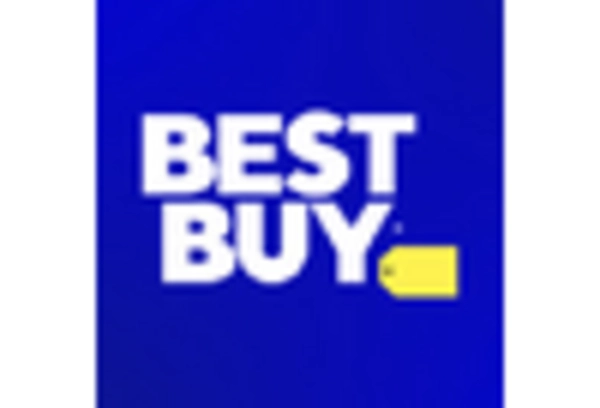
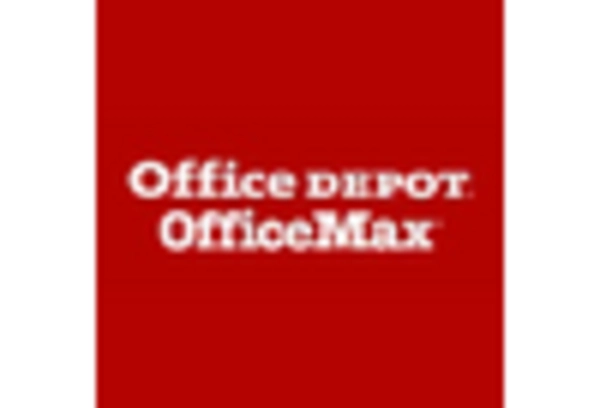
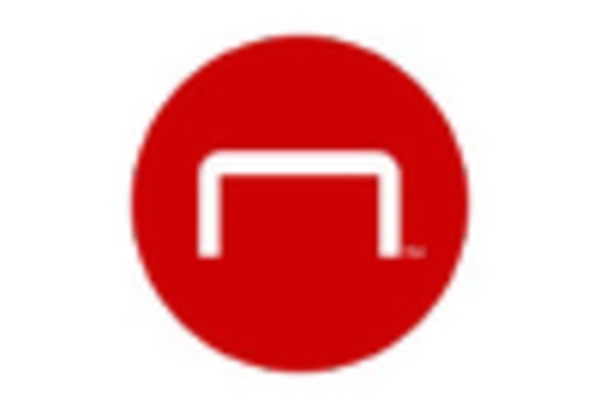
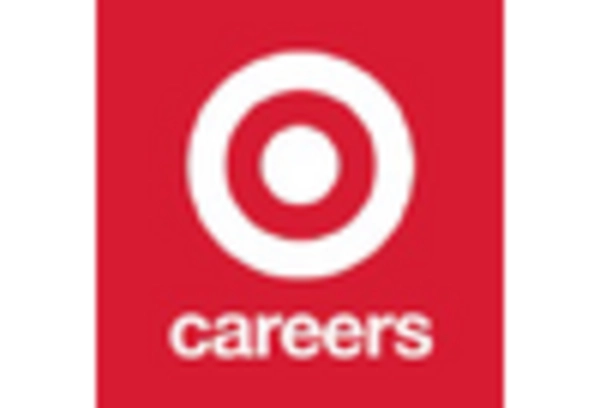
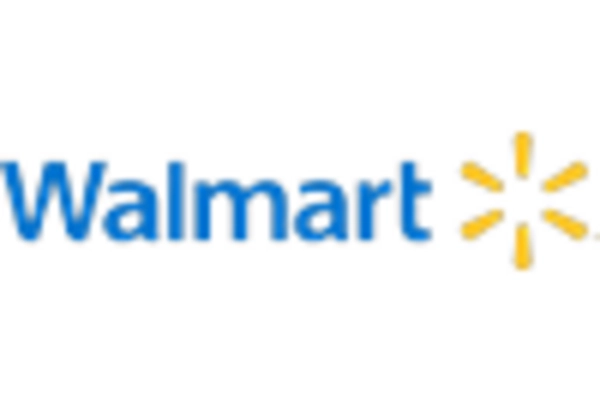








Leave a Comment